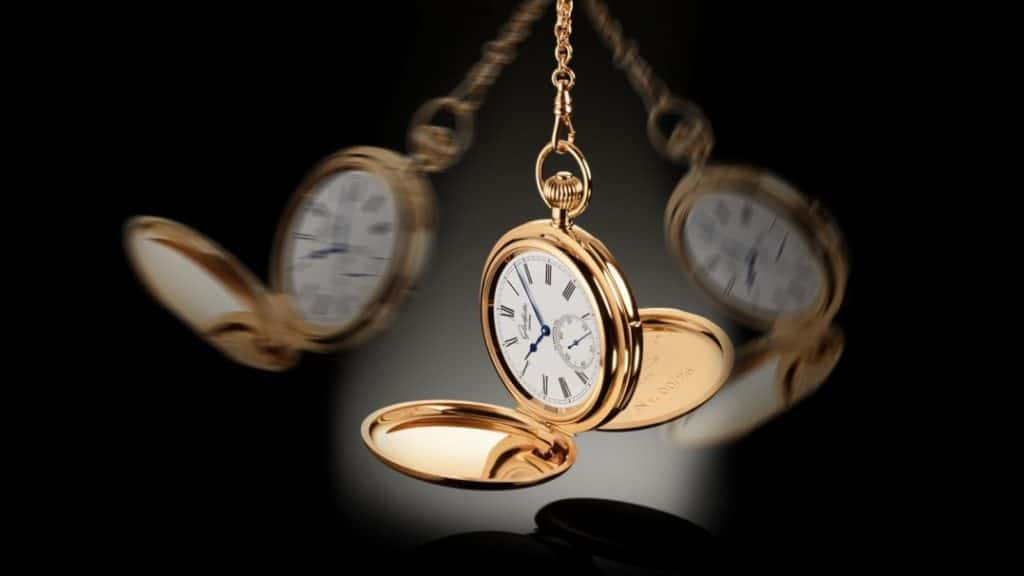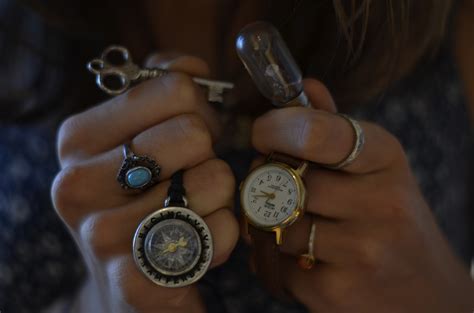If you’ve had an automatic watch or mechanical watch that you had to wind to work again, then you must have gone searching for something that will make it work non-stop.
You’ve probably heard of a watch winder - the small box that will keep your mechanical and automatic watches going while you aren’t wearing them. They look a little like jewellery boxes except that they’re for watches.
If it’s your first time hearing about a watch winder, then you must be curious right now. Here, you’ll know more about what watch winders are and how they work.
Why Were Watch Winders Made?

Before delving into the technicality of it all, it’s always important to understand why things were made. In this case, you have to understand where watch winders were needed and why they exist in the first place.
To be able to shed light on this matter, here’s a brief comparison of mechanical watches and automatic watches.
Mechanical Watches
Mechanical watches were the first kind of watch that used gears to make the watch run. When gears spin, they are able to tell the time correctly. Different gears have different purposes, and some are used for determining time while the others are used for understanding the date or other dials on the watch.
A mechanical watch uses a mainspring. The mainspring is the spring that moves the gears through the energy it releases. So if your mainspring is not “springing”, then your watch won’t work either.
Automatic Watches
On the other hand, automatic watches work by having oscillating weights inside the watch. These oscillating weights move when a person is moving. In short, as long as you are wearing your automatic watch, then you can expect it to move and tell the time.
The caveat for automatic watches is that you don’t wear them, every day all day and all night. Unless you are attached to your watch, you will be leaving it on a drawer or your bedside table.
You might also only use it occasionally. If you don’t wear it every day, then you will still have to manually set your watch.
Watch Winders and Their Purpose

You can now assume why watch winders were created. Mechanical and automatic watches may be the best and most durable watches out there, but they can be a little inconvenient if you have to adjust them just to know the time.
After all, they were made to tell the time, whenever and wherever.
This is where people thought of creating watch winders. Watch winders are devices (or boxes) that rotate or swing when you place your watch. If the goal is to keep replicating your movements, then these watch winders ensure that the oscillating weights in your automatic watch are moving.
The winder moves counter-clockwise or clockwise depending on how you will set it. Older versions of the watch winder only rotate in one direction. Make sure that you get one that can do both directions to mimic your movements more accurately. It also evens out the wear of the oscillating motor.
How Does a Watch Winder Work?
As mentioned a while ago, watch winders are supposed to “mimic” the movements that you make when you wear your mechanical or automatic watches. In fact, it doesn’t necessarily mimic your movement.
Instead, it makes sure that the oscillating weights are moved from side to side or up and down. When the watch winder spins, the oscillating weights start storing energy. This energy is used to maintain the movement of the gears.
If you’re wondering whether a watch winder will overwind, the answer is no. This is because automatic watches’ mainsprings are designed not to get overwound. This is a little bit technical, but the easiest way to understand it is the mainspring never comes to the end of the spring. In effect, it will not go even near overwinding.
Do You Need a Watch Winder?

A lot of people are asking if they need a watch winder. Well, the answer is not so straightforward, so you have to really think about other factors involving it. To help you decide, here are 3 things you should consider.
1. Budget
First of all, watch winders are not cheap. They are priced from $100-1,000 a box. If you have a few watches to place in the watch winder, then you can definitely maximize the space and its use. Watch winders are not needed if you have battery-operated quartz watches since they don’t have oscillating weights to prompt them to start.
On the other hand, if you have a few automatic watches, then you might find the watch winder very useful as it can hold more than one watch. Of course, you have to take into account the size and the number of winders that you need. If you don’t need a big one and you don’t plan to expand your watch collection, sticking to a smaller and cheaper watch winder might be better.
2. Convenience
While it’s not such a total convenience to wind your watch, some people find it a waste if you have to do this every single day. If you are the type who simply wants to wear their watches and find the right time on their wrist, then a watch winder will help do that for you. No need to adjust time because they will be working the next morning.
3. Frequency of Use
This is connected to convenience. If you will use your watch very seldomly, then winding them one or two times a month is not going to be a hassle. After all, you won’t be doing this every day. However, if you plan on using your automatic watch every day, then it makes sense to have a watch winder. Again, this is connected with the level of convenience you are looking for.
Overall, watch winders only make sense if you have a lot of automatic watches, and you plan to use them every day. Of course, you also have to take your budget into consideration.


